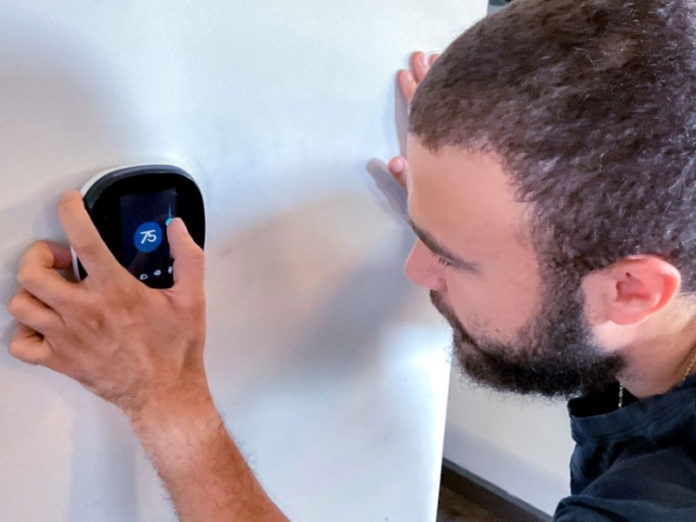
Are smart thermostats, like electric vehicles, a potential threat to the grid? Yes, say Cornell researchers.
The reason, like the potential threat from EVs when drivers might set them to charge at the same time, is that the smart thermostats are commonly set to a default setting. This could mean that for example, they turn on heating at the same time, leading to potential demand spikes.
Research by investigators at Cornell University in the US, where about 40% of homes now have smart thermostats following the encouragement of their adoption by utilities, found in a review of 2,200 homes in New York that most owners use the smart thermostat’s factory-default settings.
Moreover, there is confusion about how to operate the thermostats and owners are often unable to programme them.
As a result, typical homeowners have achieved energy savings of only 5% to 8%, which is much less than the devices’ potential of 25% to 30%.
“Many homes have their smart thermostats turn down temperatures at night in the winter,” said Max Zhang, a professor in Cornell’s Sibley School of Mechanical and Aerospace Engineering and Director at the Cornell Atkinson Center for Sustainability.
“The temperature can be programmed to ramp up before you wake up but if everyone keeps their default setting, let’s say 6AM, the electric grid suffers synchronised demand spikes. As we electrify the heating sector to decarbonise the grid this so-called load synchronisation will become a problem in the near future.”
In a paper forthcoming in the journal Applied Energy, Zhang and co-researcher Zachary Lee state that if hundreds of homes have their smart thermostat set to turn on at 6AM, the electric grids would see a peak at 6.05AM, which is about an hour before daylight during New York state winters and a time when renewable energy is unavailable.
They attribute such peaks to the “unintended system-level consequences of focusing purely on local energy efficient control” and state they can hinder the integration of renewable energy and electric heating.
Options suggested to address this issue include educating consumers on how to use smart thermostats and staggering the morning ramp-up times.
In the end it is about making smart thermostats even smarter, Zhang says, presumably similar to the approach for smart charging for EVs.